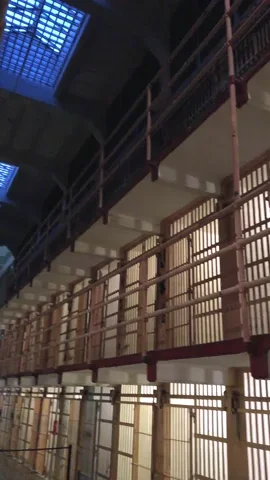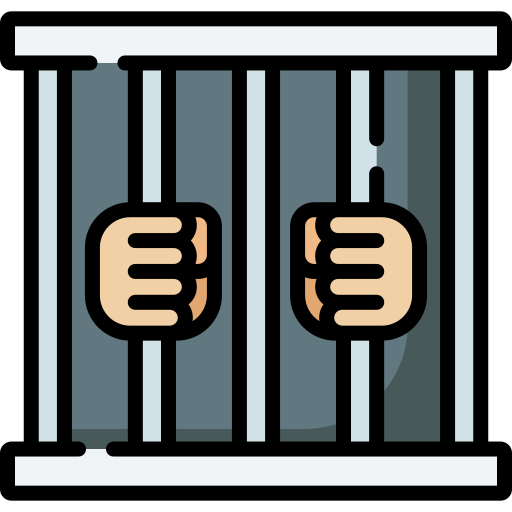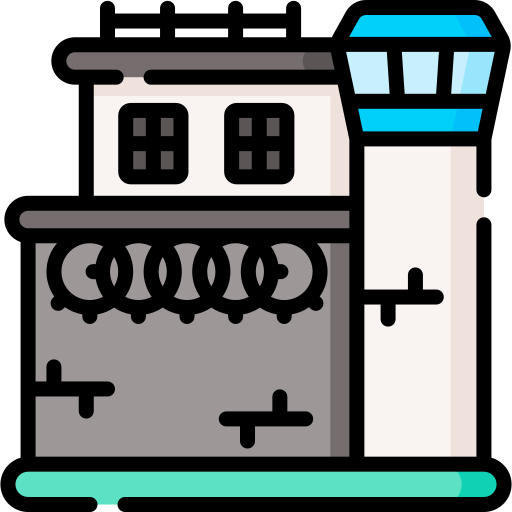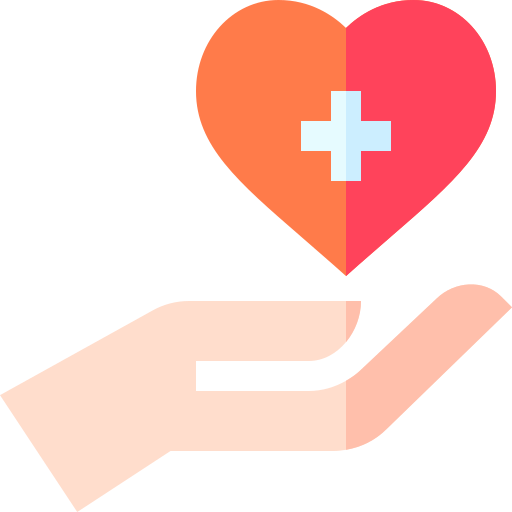
This logo isn't an ad or affiliate link. It's an organization that shares in our mission, and empowered the authors to share their insights in Byte form.
Rumie vets Bytes for compliance with our
Standards.
The organization is responsible for the completeness and reliability of the content.
Learn more
about how Rumie works with partners.
As of 2023, there are over 3,100 local jails and 1,500 state prisons in the United States. Depending on the offense, these places usually hold people for days, months, or years.
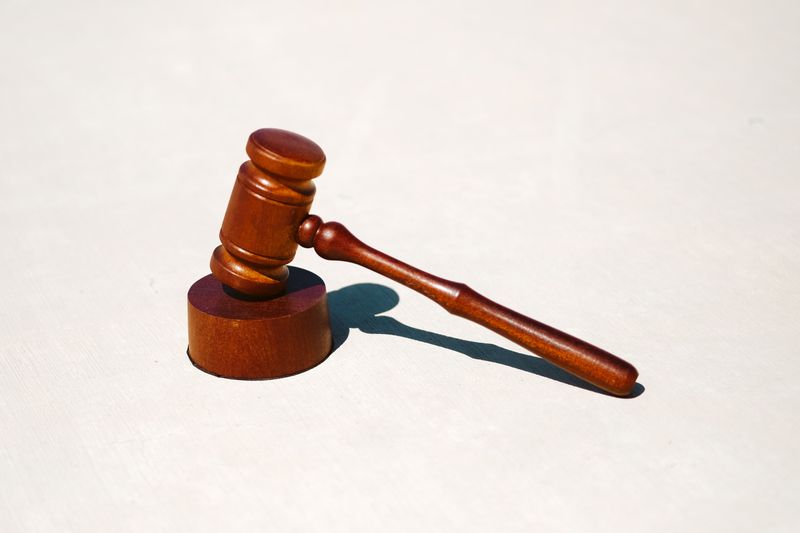 Photo by Tingey Injury Law Firm on Unsplash
Photo by Tingey Injury Law Firm on UnsplashYou might also hear people use the term "jail" more frequently than they use "prison."
"Jail" and "prison" may be go-to terms when talking about crime, but they're not the same thing. They're both forms of incarceration for people suspected and convicted of committing crimes, but they have different purposes.
What is a jail?
What is a prison?
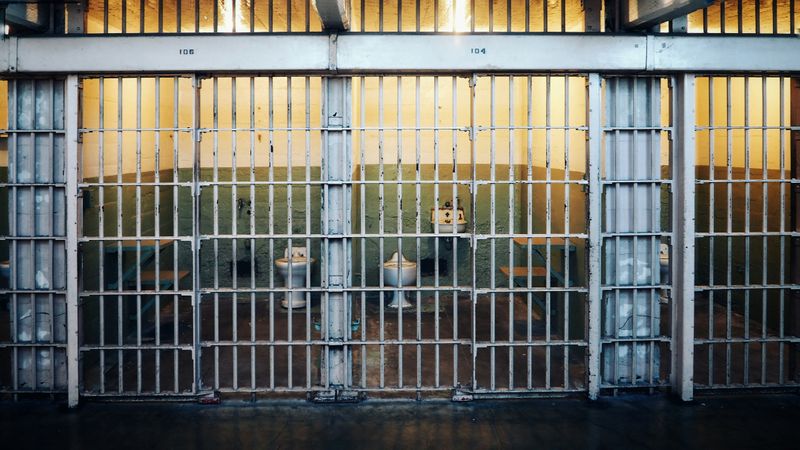 Photo by Umanoide on Unsplash
Photo by Umanoide on UnsplashPrison sentencing comes after people have been held in jail for various periods of time. They are intended to hold people for longer periods, usually for those who have already been convicted of and sentenced for a crime.
Prisons are usually run above the local level by the state or federal government.

Duration of Stay
Multiple years post-trial and sentencing, depending on the severity of the offense committed
Long-term, can go up to life sentences

Accommodations
More facts about prisons

Prisons vary in security levels from low security to maximum security. The security level corresponds with the inmate's level of assumed risk and threat to the general public. The higher the security, the more severe the crime committed.
Did you know?
Knowledge Check
Andrew has been convicted of a nonviolent misdemeanor-level crime.
After his hearing, the judge sentenced him to 3 months of confinement.

Quiz
Based on the duration of Andrew's sentencing, where will he likely be held?
Andrew will be held in jail due to the nonviolent low-level misdemeanor nature of his crime. The short sentencing of under a year also means that a jail cell will be the likely institution for Andrew.
Take Action
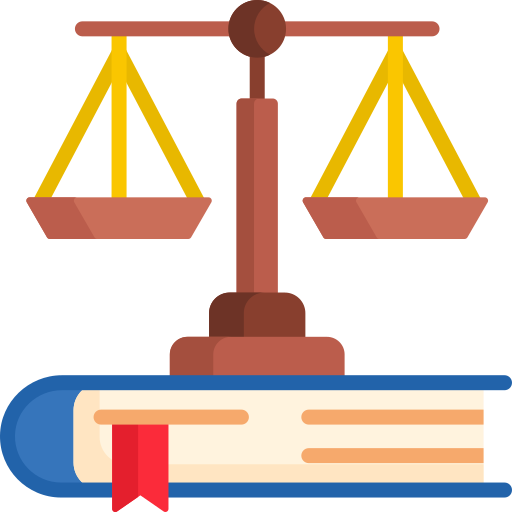
Learn more about the justice system by exploring the following resources.
This Byte has been authored by
Doyin Idowu
Learning Management System Administrator
